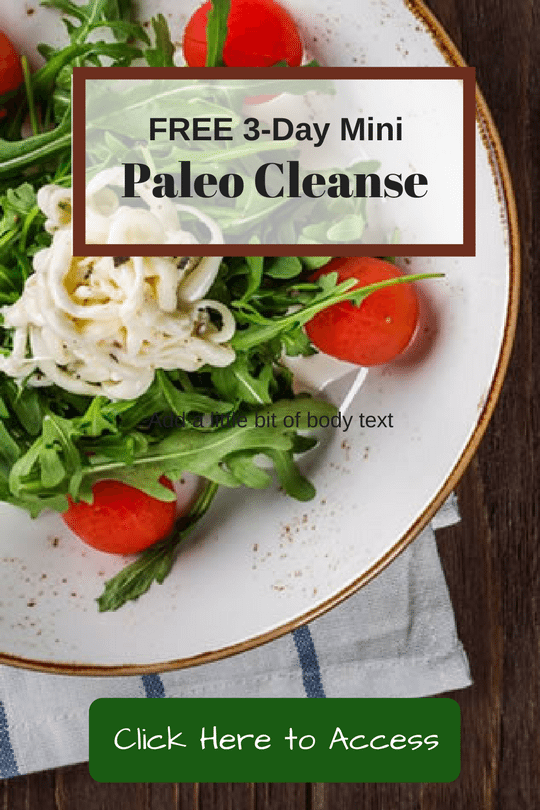It was typical of me. No sooner had the waiter served the dumplings and the moo shu than I started shovelling the food onto my plate. I went from starved to stuffed in 10 minutes, never stopping to ask myself whether I was satisfied.
When I finally did stop to think about my attack- mode eating habits, I knew in a larger sense I wasn’t satisfied. Long convinced of the power of self-knowledge stressed in Buddhism and intrigued by a “ mindful” approach to eating popularized in several recent books. I spent a weekend at the Grenn Gulch Zen Center, a Buddhist community north of San Francisco.
“The basic sensibility of Buddhism is to experience life in the present moment,” says Edward Espe Brown, a Zen priest and author of Tomato Blessings and Radish Teachings (Riverhead Books).

“In terms of food, it’s very simple. When I was being greedy, I couldn’t taste the food in my mouth when I decided to actually taste the food, I instantly began eating half as much”
I got my first lesson in mindful eating in the Green Gulch dining hall. As I began wolfing down the vegetarian feast, I noticed everyone else was slowly, silently eating, pausing between bites. Here was the perfect antidote to our fast-food, eat-on-the-fly lifestyle: Take your time .Don’t read, talk or watch TV. Pay attention to each bite. Think about where your food has come from. Give thanks .
You don’t have to be Buddhist to find value in these ideas. Unlike the rigors of dieting, Buddhist eating practices can change not only what you eat but how you eat-your entire relationship to food.
Giving meals your conscious attention brings “ Nonjundgmental, moment –to-moment awareness to eating. “ says Deborah Kesten, author of feeding the body,Nourishing the soul(Conari Press).
“For various reasons, we stop honoring our own capacity to know what we need,” says Brown” and start telling ourselves what to do. So we say ‘Eat this,’ ‘Don’t eat that,’ rather than ‘why don’t I experience the sensation of eating this and see how I feel afterward.
I haven’t achieved enlightenment yet, but I’ve slowed down and learned to trust myself more-even in my favorite Chinese restaurant. On a recent visit, I fought my initial impulse to inhale the food and instead took in the savory aromas of the spicy carrots and the spinach in garlic sauce. I gave thanks to nature and to all the people responsible for the meal before me. I noted the bright orange carrots, vivid green spinach and pearly white rice. I let the sweetness of the carrots fill my mouth. I ate slowly, and before I’d cleared my plate I noticed I was not hungry and I was not stuffed. I was satisfied.
“Mindful” eating-noting the color, aroma, flavor and texture of your food – can help you satisfy the hunger of both body and soul.
Six Steps to Satisfaction From Eating

![]() Remove distractions- turn off the TV; put aside the newspapers. Try eating at least one meal a week in silence.
Remove distractions- turn off the TV; put aside the newspapers. Try eating at least one meal a week in silence.
![]() Give thanks -Say whatever feels comfortable. Reflect on nature and the many people it took to bring you the meal.
Give thanks -Say whatever feels comfortable. Reflect on nature and the many people it took to bring you the meal.
![]() Focus on your food – Notice colors , textures, shapes, smells and, of course, taste.
Focus on your food – Notice colors , textures, shapes, smells and, of course, taste.
![]() Take only what you need – Try not filling your plate. You want to satisfy your body, not your mind.
Take only what you need – Try not filling your plate. You want to satisfy your body, not your mind.
![]() Chew slowly, with awareness – Can you really taste the pepper? The chocolate ? Do you swallow your food before you’ve finished chewing? Remember to lay down your fork after each bite.
Chew slowly, with awareness – Can you really taste the pepper? The chocolate ? Do you swallow your food before you’ve finished chewing? Remember to lay down your fork after each bite.
![]() Note how you feel when finished – Ask yourself how you feel after eating different foods- spaghetti, ice cream. Are you stuffed or satisfied? The more you learn to focus your full attention on what you eat, the more you’ll learn what your body really needs.
Note how you feel when finished – Ask yourself how you feel after eating different foods- spaghetti, ice cream. Are you stuffed or satisfied? The more you learn to focus your full attention on what you eat, the more you’ll learn what your body really needs.









